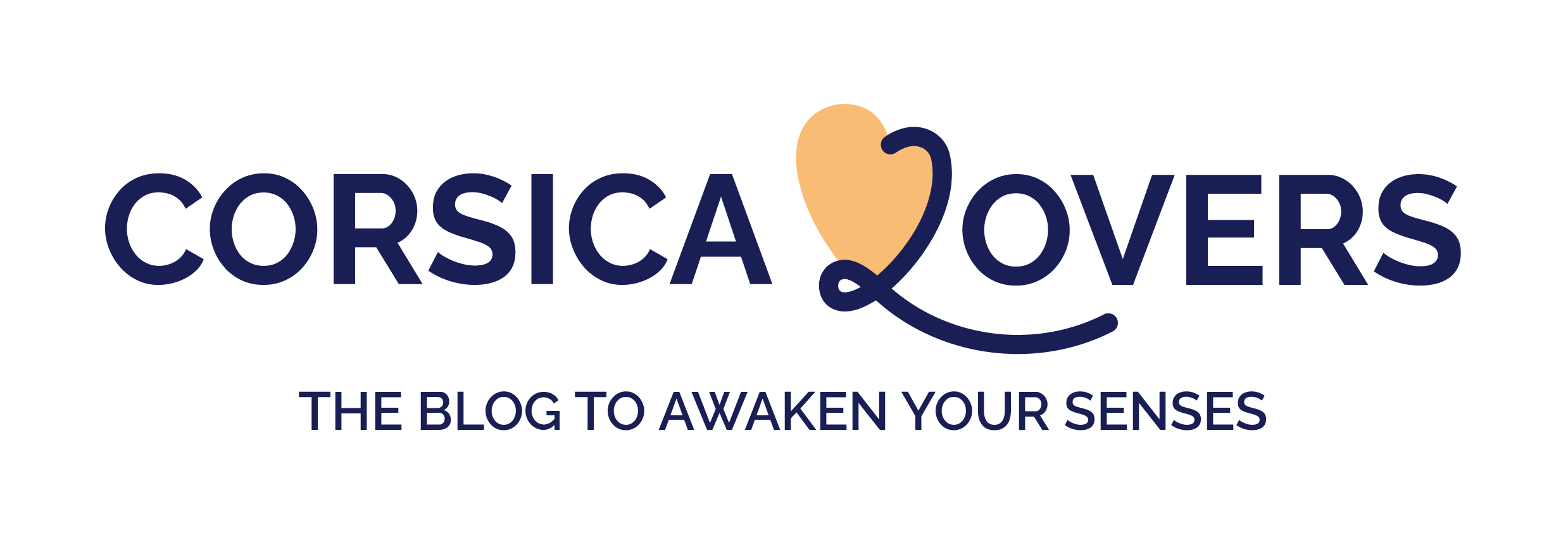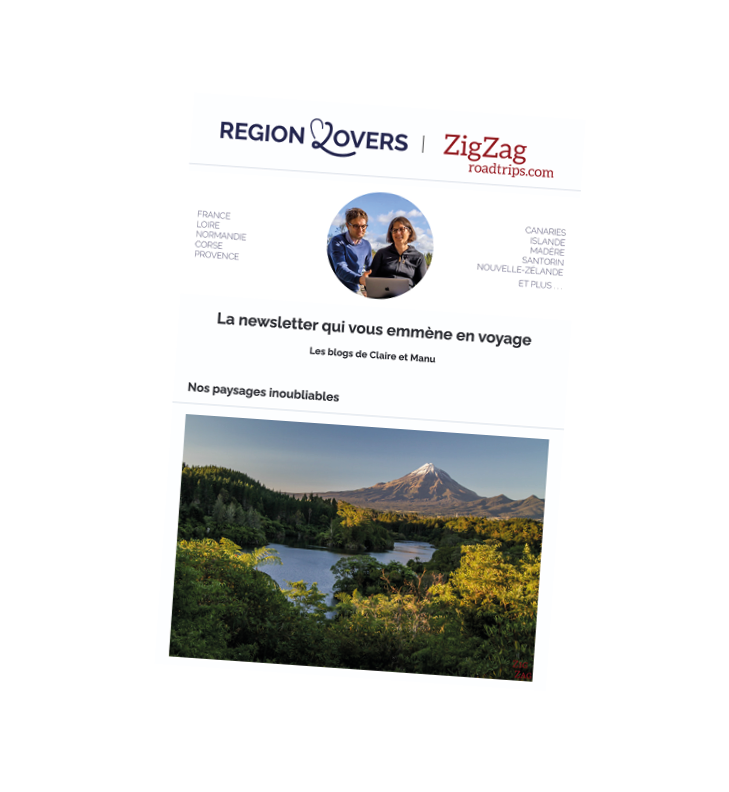When we think of Corsica, we imagine beaches, mountains, citadels… but Corsica also has some fascinating prehistoric sites: dolmens, statue-menhirs, alignments, megalithic enclosures…
We take you to discover the main sites established since the Neolithic: Filitosa, Cauria and Cuccuruzzu. Here are all our practical tips for choosing which site to explore, and for preparing your visit.
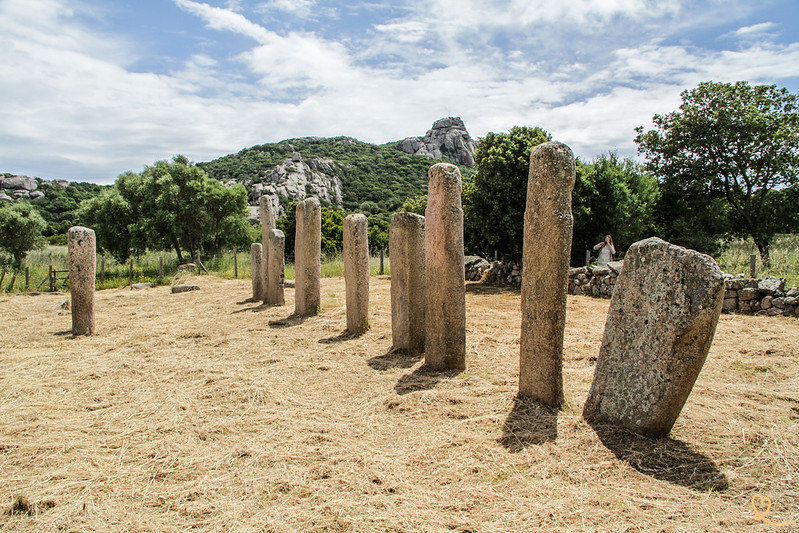
This opinion is completely independent, based on our experiences. We visited the area anonymously, making our own choices, and paying all our bills in full.
Prehistoric sites of Corsica: Map
The prehistoric sites that have been discovered are, for the moment, mainly in southern Corsica, but there are also indications in northern Corsica.
Many sites remain to be discovered and excavated.
Map of the main sites
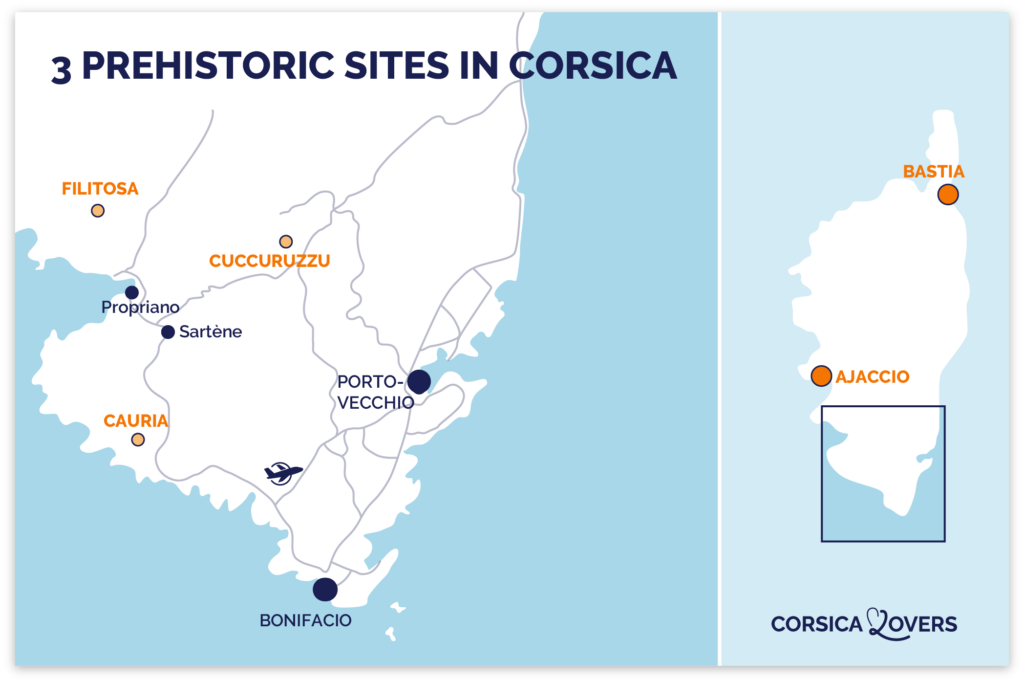
Short historical summary
There is currently no evidence of human presence in the Paleolithic.
On the other hand, Mesolithic burials have been excavated, proof of an occupation from the 9th millennium BC. Discovered in 1972, the oldest skeleton would be dated between 7000 and 6500 BC and baptized “The Lady of Bonifacio”.
The perennial colonization of Corsica dates from the Neolithic period around 5700 BC. Communities settled with their animals. Corsica becomes more densely populated around 4500 BC, and the populations are in contact with their Mediterranean neighbors.
From the Bronze Age to the 2nd millennium B.C., these populations erected numerous dolmens and statue-menhirs, including those we will see in this article.
Roger Grosjean, archaeologist
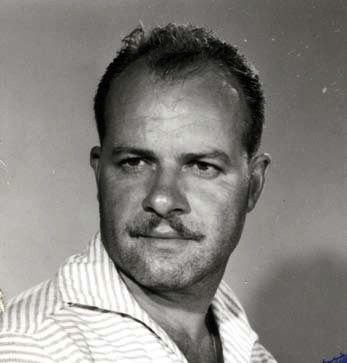
Roger Grosjean was the leader of the archaeological excavations on the prehistory in Corsica. He is the one who launches the excavations in Cuccuruzzu, Cauria, Tappa, Arraggio. He is at the origin of the Shardan invasion theory to explain the statue-menhirs.
OUR TIPS FOR RENTING A CAR IN Corsica
- Compare prices on our preferred platform: DiscoverCars – one of the best rated sites.
- Choose a car that is powerful enough (the roads are steep) but compact (some passages are narrow).
- Think of thecomplete insurance (some roads are tortuous and narrow).
- There is a lot of demand, book it early.
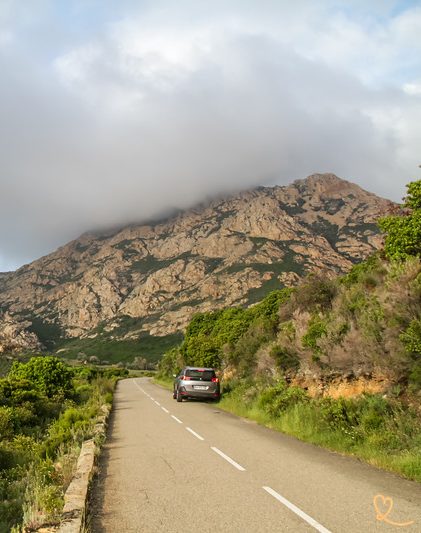
1. Filitosa

History and description
Open-air museum with testimonies of ancient communities from the 6th millennium B.C. to the Roman Empire.
We really enjoyed the walking tour that loops around the various points of interest. It leads you to several structures and megaliths and offers breathtaking views of the area.
The artifacts found on the site are displayed in the museum.
Discovered in 1946, the site has been inhabited for 8000 years. It is one of the most beautiful examples of megalithic art of Corsica, and it still puzzles the scientists.
It is especially known for its status-menhirs which make it one of the most impressive sites of statuary art in the Mediterranean.

Where is Filitosa
- In South Corsica
- Between Ajaccio and Sartene, town of Sollacaro
- You need a car to get there
- Ajaccio to Filitosa = 1h10 drive
- Sartene to Filitosa = 35min
- Bonifacio to Filitosa = 1h30
- Porto-Vecchio to Filitosa = 1h40

Practical advice
- Count 1h30 to make the visit: the external loop and the museum
- The walk is 800m with some stairs and sloping sections
- Schedule: 9am to 1 hour before sunset for the site
- Museum hours: 10am to 7pm
- Price: 9 euros
- official website
- Brasserie near the entrance
- Toilets at the entrance level
- Avoid the middle of the day when groups touring Corsica by bus disembark.
- Protect yourself well from the sun
USE OUR GUIDE TO PLAN A
DREAM TRIP TO Corsica
All the information you need for your trip:
- 7 maps that make planning easier
- 130+ pre-selected locations
- Practical advice
- + 220 photos to help you choose
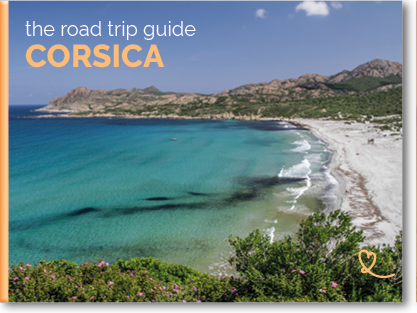
2. Cauria (Stantari, Funtanaccia, Rinaju)

History and description
On the site of Cauria, you can make an easy walk to admire 3 different sites:
Stantari: statue-menhirs aligned in a field.
The alignment is perfect, and the stones seem to face all centuries and erosions.
The site must have had at least 30 stones, called stantare.
Rinaju / Renaghju: another group of stones raised. Here a chronology has been evaluated. It seems that there were 60 stones around 4500 BC and 180 around the first millennium BC.
Funtanaccia: the most beautiful example of dolmen in Corsica. This collective funerary monument is the best known and best preserved on the island: an enormous slab placed on 6 vertical stones.
We liked very much the calm that rules there and the state of preservation of the dolmen.

Where is Cauria
- In South Corsica
- Between Sartene and Bonifacio
- You need a car to get there
- Ajaccio to Cauria = 1h45 driving time
- Sartene to Cauria = 25min
- Bonifacio to Cauria = 1h10
- Porto-Vecchio to Cauria = 1h20
- The last 3 km of road have big potholes

Practical advice
- Count 1h to 1h30 to make the visit
- Easy walking except for the section in the wetlands
- Times and prices: free access
- Depending on the weather conditions (fire risk…), the area may be closed to access
- No convenience
- Protect yourself well from the sun
WHERE TO STAY IN South Corsica
Option 1: Around the famous beaches
We recommend..:
- Hotel Mariosa with beach and restaurant – see photos and availability
- Résidence U Pirellu, if you want to be able to cook – see photos and availability
- Hotel L’Alivi Santa Giulia with beautiful views over the bay – see photos and availability

Option 2: in the maquis around Bonifacio
We recommend..:
- Hotel Cala di Greco overlooking the citadel! – see prices, pictures and availability
- Hotel A Cheda with its garden and exceptional restaurant – see prices, photos and availability
- Hotel Version Maquis Citadelle (5 stars) – see prices, pictures and availability
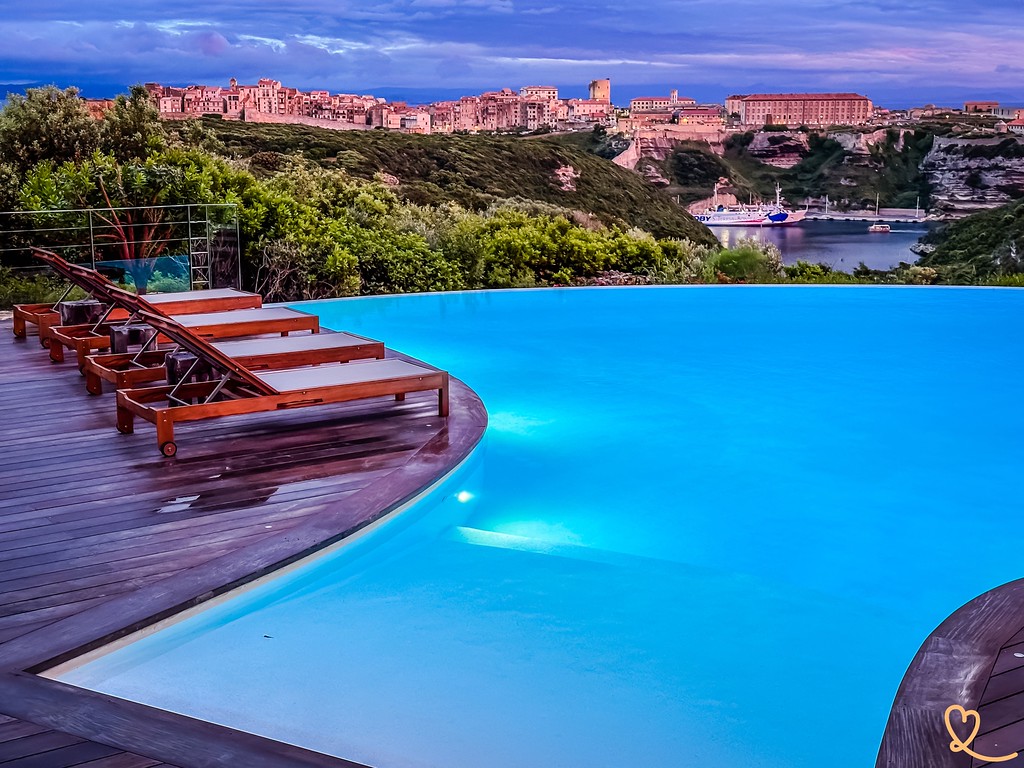
Option 3: in Bonifacio itself (citadel or marina)
We recommend..:
- Hotel Spa Genovese in the citadel – see prices, photos and availability
- Hotel Santateresa at the top of the citadel – see prices, pictures and availability
- Hotel Solemare and its swimming pool with view! – see prices, pictures and availability

Option 4: in Propriano
We recommend
- Hotel Aria Marina for convenient apartments with views – see prices, photos and availability
- Hotel Marinca for a little luxury and unforgettable views – see prices, photos and availability

3. Cucuruzzu and Capula

History and description
In the Alta Rocca region, Cucuruzzu is one of the main sites of the Bronze Age.
The trail through the forest seemed mystical, especially in the rain. This site offers a different experience than the other two, because of its position in the mountains. It allows to discover the remains of a habitat in the middle of big rocks offering a habitable surface of 400m2: the Castello di Cucuruzzu, a village-fortress with a tower which dates from about 2000 to 1500 B.C.
Moreover, from the megalithic formations, you can enjoy fantastic views over the valley with the Bavella peaks in the background. We found the place splendid.

Where is Cucuruzzu
- In South Corsica
- You have to want to go there, it is not on the tourist routes – you need a car to get there.
- In the mountains between Propriano and Porto-Vecchio
- Next to the village of Levie
- Ajaccio to Filitosa = 2h drive
- Sartene to Filitosa = 45min
- Bonifacio to Cucuruzzu = 1h30
- Porto-Vecchio to Filitosa = 1h15

Practical advice
- Audio-guided visit in 1h30 (or 2h if it’s raining and slippery…)
- Easy walking except for the section in the wetlands
- Opening hours: open from April 1 to October 31 at least from 9:30 am to 6 pm (last entry 2 hours before closing time)
- Price: 4 euros
- No convenience along the walk.
Subscribe to our Newsletter
- Get away from it all with Region Lovers’ beautiful destinations!
- Once a month
- Advertising-free
Museums on Prehistoric Corsica
Museum of Alta-Rocca

Located in Levi, the museum of Alat Rocca allows you to discover the geological, historical and cultural aspects of the micro-region.
At the historical level, there are pieces discovered in Cuccuruzzu, as well as the bones of the “Lady of Bonifaico”.
The tour is free, with brochures in English, Italian, Corsican, German and French available at the reception desk.
- Opening hours:
from June to September: 10am to 6pm
from October to May, Tuesday to Saturday from 1 to 5 pm (closed on Sundays, Mondays and holidays) - Price: 4 euros
Departmental Museum of Prehistory (Sartene)
Museum in the city of Sartene with collections of island archaeology from the first recorded settlements (about 10,000 years ago) to the end of the Genoese era in the 15th century AD.
You can discover statues-menhirs, and pieces from the Roman period and the Middle Ages.
- Opening hours:
from June to October: 10am to 6pm
April to May: Tuesday to Saturday from 1 to 5 pm (closed on Sundays, Mondays and holidays)
November to March: Monday to Friday from 9am to 4pm (closed on weekends and holidays) - Price: 4 euros
PLAN YOUR TRIP TO Corsica
Inspiration destinations

Best of
- The most beautiful beaches of Corsica
- The most beautiful villages of Corsica
- The most beautiful cities of Corsica
- The most beautiful destinations in Corsica
- The museums of Corsica
- Hidden gems in Corsica
- The most beautiful natural pools
- What to do in North Corsica
- Best things to do in South Corsica
- Canyoning in Corsica
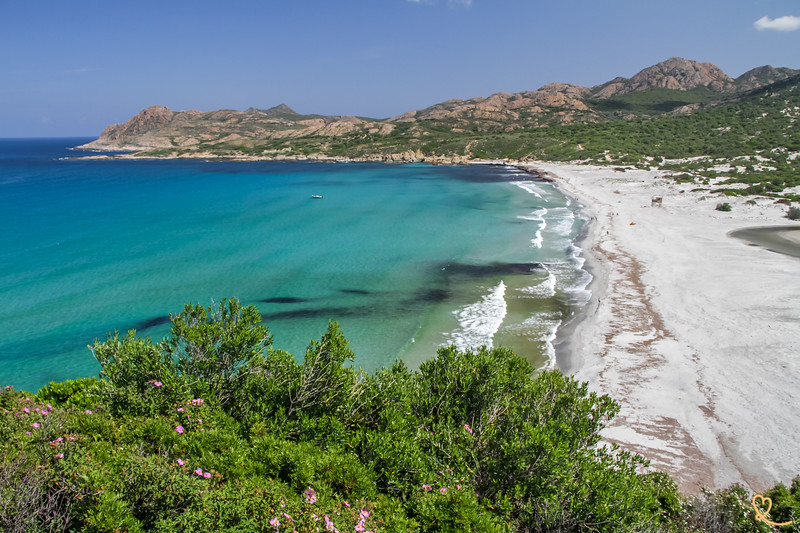
Where to stay

7 other lesser known prehistoric sites
Araguina-Sennola
A cave that served as a shelter for prehistoric populations.
It is estimated that at the time the vault was overhanging by more than 10m with an opening of more than 5.50m high.
However, the rock is crumbling and falling apart.
57 different archaeological strata have been identified.
It is here that the burial of the “Lady of Bonifacio” was discovered.
- In South Corsica
- Avenue Sylver Bohn, Bonifacio
- Next to a gas station
- No access
- Half visible from the street
Castellu d’Arraggio (Araghju)
Monumental prehistoric fortress erected on a rocky point: assemblies of granite blocks on a height of 4m in certain places and a thickness of 2m.
It is known for its front door which still has its lintel
It offers a splendid view of the coastline.
- In South Corsica
- North of Porto-Vecchio
- Village of Arraggio
- 1h round trip with steep climb
Tappa website
The site of Tappa is a prehistoric fortification on a rocky promontory (60m of altitude). Of circular plan, it is a rather classic torra, dated between 1400 and 1200 BC. Only some csections of the mu that protected the site are still visible.
- In South Corsica
- West of Porto-Vecchio, 10 minutes by car
- 20 minutes walk there and back.
HOW TO GET TO Corsica
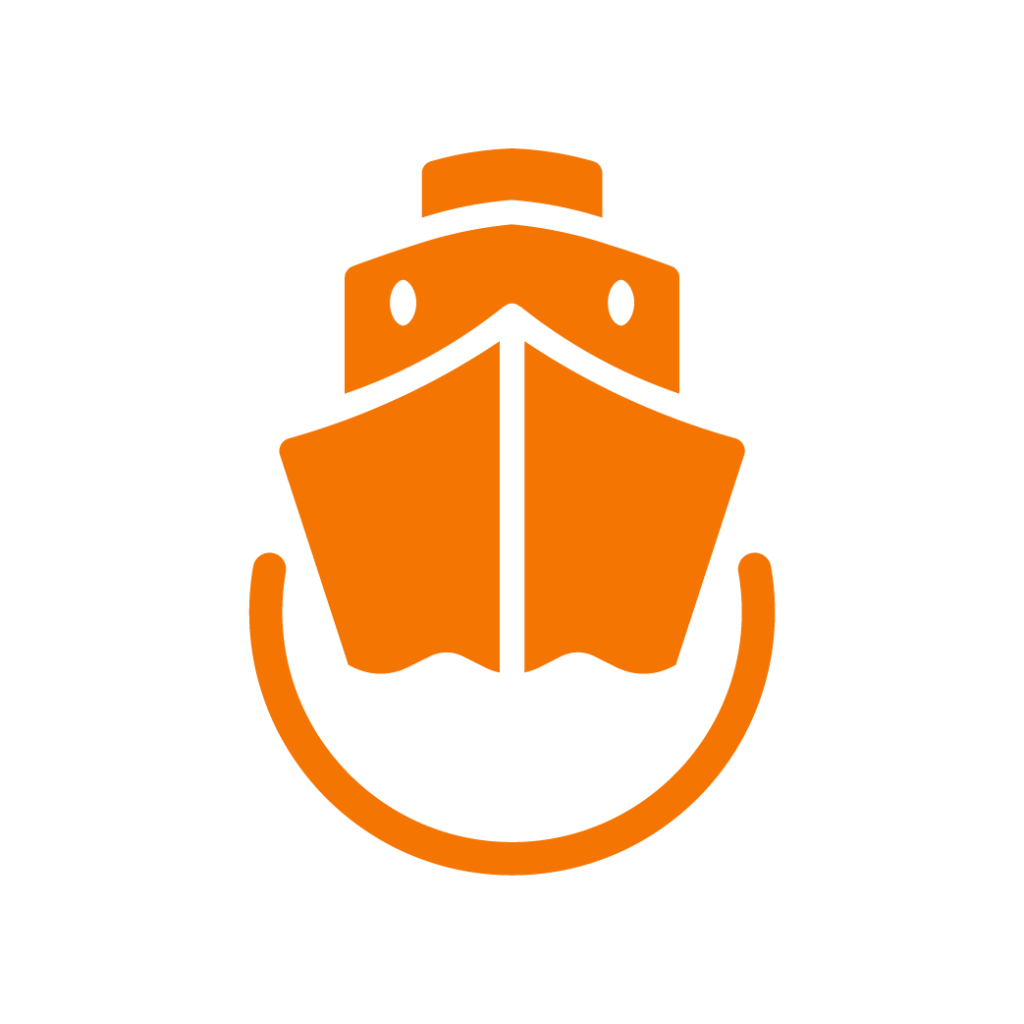
Option 1: by ferry
Departure from France and Italy
- See all ferry options in our article
- Compare schedules, prices and availability directly
Advantage: you can take your car!

Option 2: by plane
Airports in Bastia, to visit the North, Figari to visit the South, or Ajaccio convenient for all Corsica.
Compare flights!
Site of Ceccia
Circular monument of approximately 12m of diameter dating from 1350 BC. The panorama is exceptional.
- In South Corsica
- West of Porto-Vecchio, 10 minutes by car
- 30 minute walk there and back
- Sloping path, wear walking shoes
- Not very well indicated
Site of Foce
The biggest Torra of Corsica, dated from the Bronze Age. It has a circular plan of 16m or 18m (depending on the sources…) in diameter and some walls are still 3m high.
It was originally 2 floors.
- In South Corsica
- Commune of Argiusta-Moriccio
- in the mountains between Propriano and Ajaccio
Balestra site
Another Torra at the top of a hill at 502m of altitude. It has a circular plan.
- In South Corsica
- Municipality of Petreto-Bicchisano
- 10 minute walk to and from the D757 road
La Grotta Scritta
The Grotta Scritta is a site with cave paintings. Its particularity is that some of the motifs remain, to this day, still enigmatic.
- At Cap CorseWest side
- In Olmeta-di-Capocorso
- Unmarked trail
